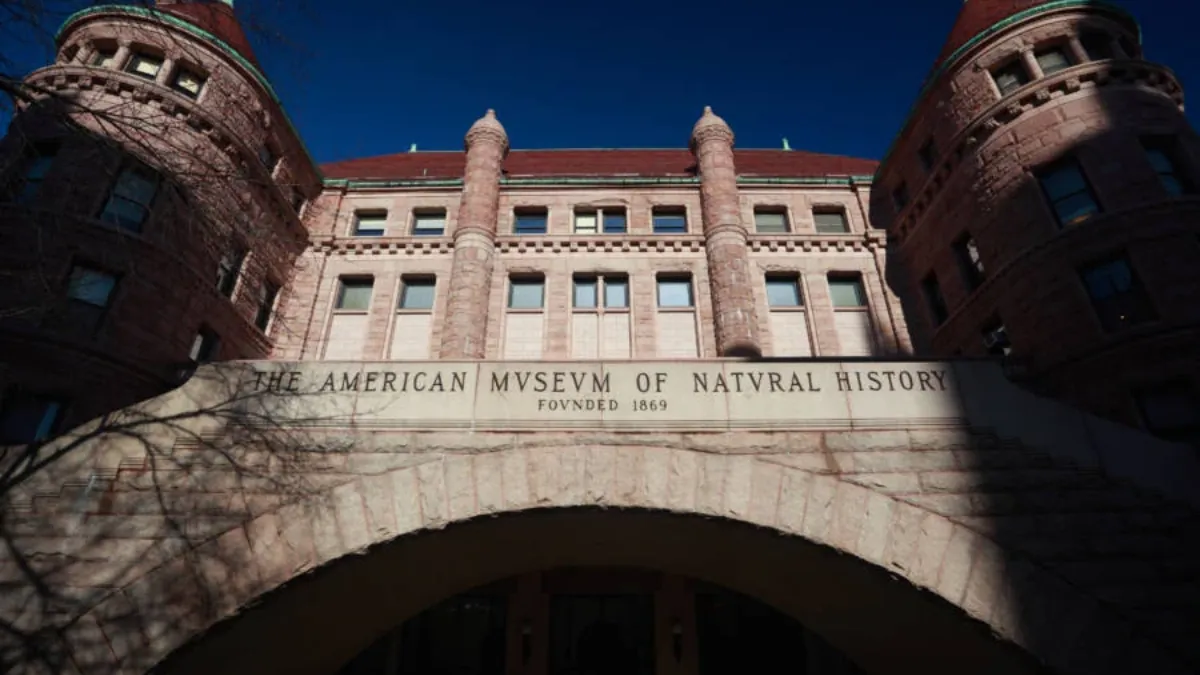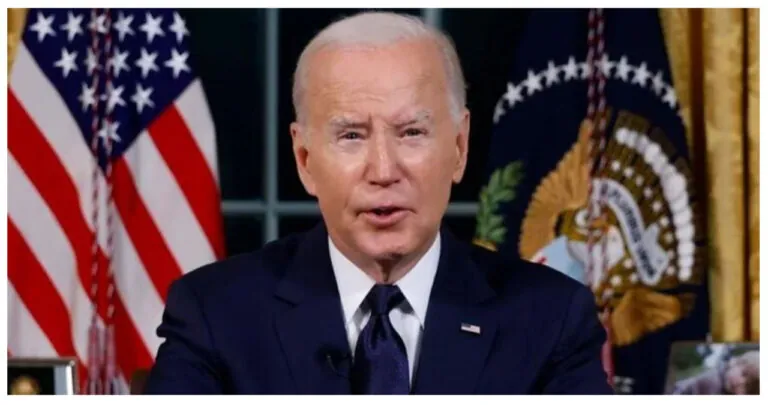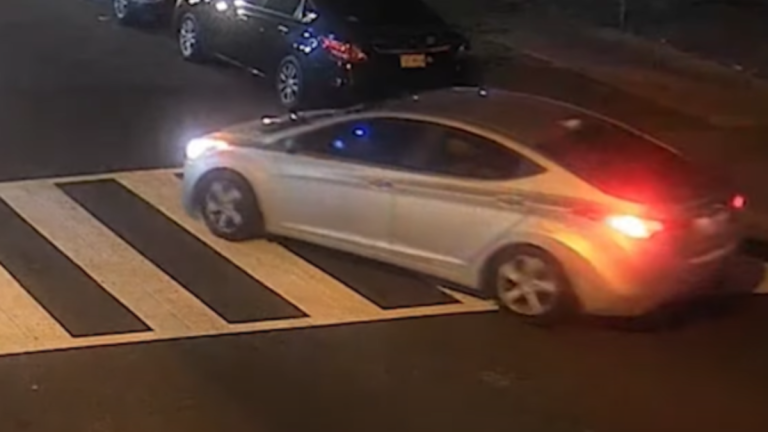All human remains will be removed from displays at the American Museum of Natural History.
The iconic American Museum of Natural History located in New York City is captured in this stunning photograph by NYCPW Photography/Alamy Stock Photo.
The American Museum of Natural History (AMNH) in New York City has made a recent announcement that it intends to eliminate human remains from its exhibits. The museum has pledged to review its policies following a new report that raised concerns about the legality and morality of the museum’s possession of these remains.
On October 12, 2023, the museum president, Sean Decatur, communicated the decision to all staff members via email.
Decatur acknowledged the museum’s possession of an overwhelming number of human remains, amounting to 12,000, and provided insight into how the museum acquired them.
According to him, the museum’s collection comprises roughly 26 percent of skeletal remains of Native Americans within the United States.
Out of the total remains, 74 percent consists of remains obtained from various sources such as archaeological excavations, private collectors, and nearby medical schools that have utilized the bodies of the deceased for anatomical research.
Decatur pointed out that the majority of individuals whose remains exist in museum collections did not give their consent for this to happen, except for the few who donated their bodies for medical research. This indicates that the establishment of these collections was facilitated by a significant power disparity.
Photo by John Noltner/Kenyon CollegeMeet Sean Decatur, who has been serving as the President of the American Museum of Natural History since December 2022.
According to Decatur, the collection of human remains during the 19th and 20th centuries was often motivated by flawed scientific agendas rooted in white supremacy. These agendas aimed to identify physical differences that could support models of racial hierarchy. As a result, many human remains were gathered for the sole purpose of advancing these biased beliefs.
Only three days prior to a comprehensive report by Erin Thompson of Hyperallergic, the AMNH made an announcement. Thompson had been working to uncover the identities of the individuals whose remains were documented at the museum after receiving an anonymous tip in the previous year.
Thompson’s research reveals that museums across the United States are currently holding the remains of almost 100,000 Native Americans, along with thousands of individuals from other countries. The report specifically mentions various institutions, including the Smithsonian Institution, Harvard University, Chicago’s Field Museum, the University of California, the University of Pennsylvania, and Berkeley’s Hearst Museum, where these remains are being stored.
During the 1980s, Indigenous communities voiced their opposition to the practice of holding onto Native American remains, which eventually led to the creation of the Native American Graves Protection and Repatriation Act of 1990. Under this act, museums that receive federal funding are obligated to return any identified Native American remains to their descendant communities.
In 2007, the United Nations acknowledged the rights of Indigenous people to reclaim the remains of their ancestors. However, with numerous institutions holding a vast array of human remains, it has proven to be a challenging undertaking to identify and return all of them.
The Smithsonian and other museums have taken steps to disclose more information about the remains in their collections and return them to their rightful communities. However, the AMNH had not followed suit until now, despite the ongoing scrutiny surrounding the issue.
After conducting extensive research, Thompson interviewed both current and former AMNH employees and pored over numerous documents and academic papers to uncover the extent of the museum’s collection of remains and their potential origins. Despite this, many of the individuals Thompson spoke with preferred to remain anonymous, and the museum has yet to release any official statement regarding the matter, either publicly or to Thompson.
Thompson shared some of the sources used in their research, which included the museum’s annual reports, research papers, and other materials. This was done in their final request for comment to the museum this month, and the information was also linked throughout the article. Following their submission, the AMNH’s chair and president announced in an all-staff email that the museum would be updating its human remains policy just a few days later.
Meet Erin L. Thompson, the sole professor of art crime in America, pictured here in a photo taken by herself.
Thompson highlighted and Decatur admitted that the AMNH presently exhibits only a limited quantity of human remains. However, this was not the situation in the past.
Decatur, in his email, pointed out that the museum hosted the Second Eugenics Congress in 1921. This event endorsed a pseudo-scientific, racist, and xenophobic theory that supported discriminatory practices. The fact that the museum supported such research is both morally disturbing and scientifically incorrect.
During the discussion, the president of the museum mentioned a news article that stated the museum possesses the remains of five individuals who were thought to be enslaved people taken from a burial site in the Inwood neighborhood of Manhattan.
According to Decatur, the act of enslavement was brutal and stripped individuals of their humanity. Even in death, the denial of basic human dignity continues when their remains are removed from their rightful burial place. Decatur believes that identifying a restorative and respectful action in collaboration with local communities is crucial in fulfilling our commitment towards rectifying this injustice.
On the museum’s website, you can find Decatur’s email address for all staff members. Additionally, the AMNH has released an official statement expressing their commitment to revising their policies and treating human remains with the utmost dignity and respect as individuals who were once alive.
The museum recently declared its decision to eliminate the public display of human remains. However, the museum will continue to showcase casts where it is suitable to promote its educational mission. Additionally, it aims to allocate more resources for the continuous critical review of its collection of human remains while also consulting with descendant communities.
In order to assist the descendants in tracing and recognizing their ancestors from the museum’s collection, Thompson generously shared a database on X.
Once you’ve familiarized yourself with the American Museum of Natural History’s updated regulations concerning human remains, delve into the fascinating discovery of the lost remains of the final Tasmanian tiger, which were found hidden away in a museum cupboard. Alternatively, peruse through the intriguing display of 25 unusual exhibits at the Mütter Museum.
Also Read:
- This New York Interstate Was Named The Most Dangerous In The United States
- Monument to the Alligator Sewer Myth Unveiled in New York City
- Robbery of Amazon Delivery Truck Reported in New York City







